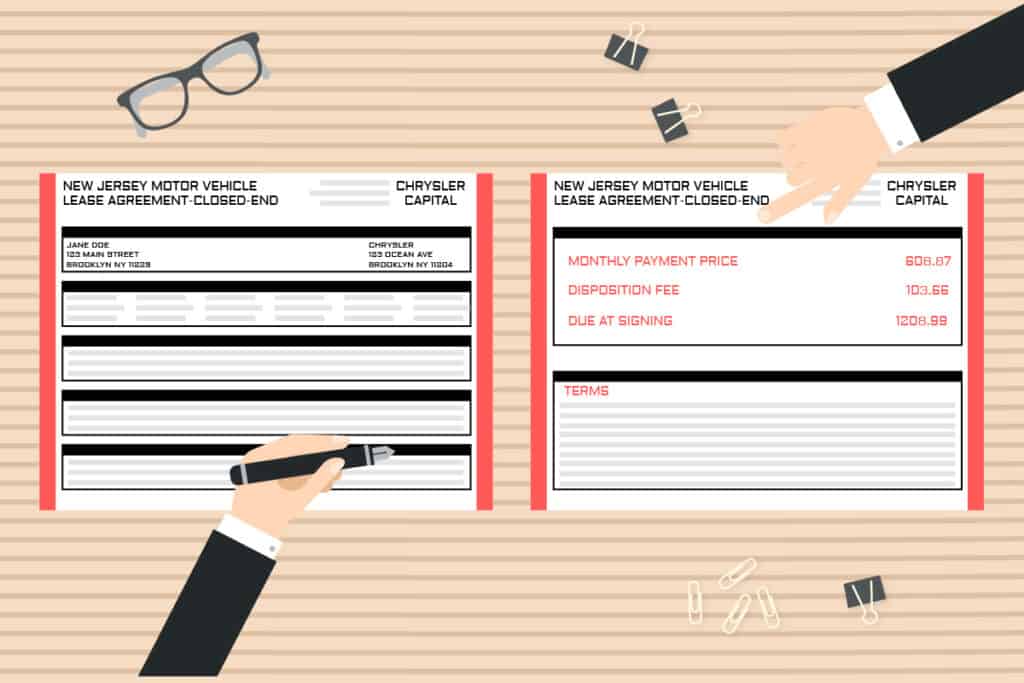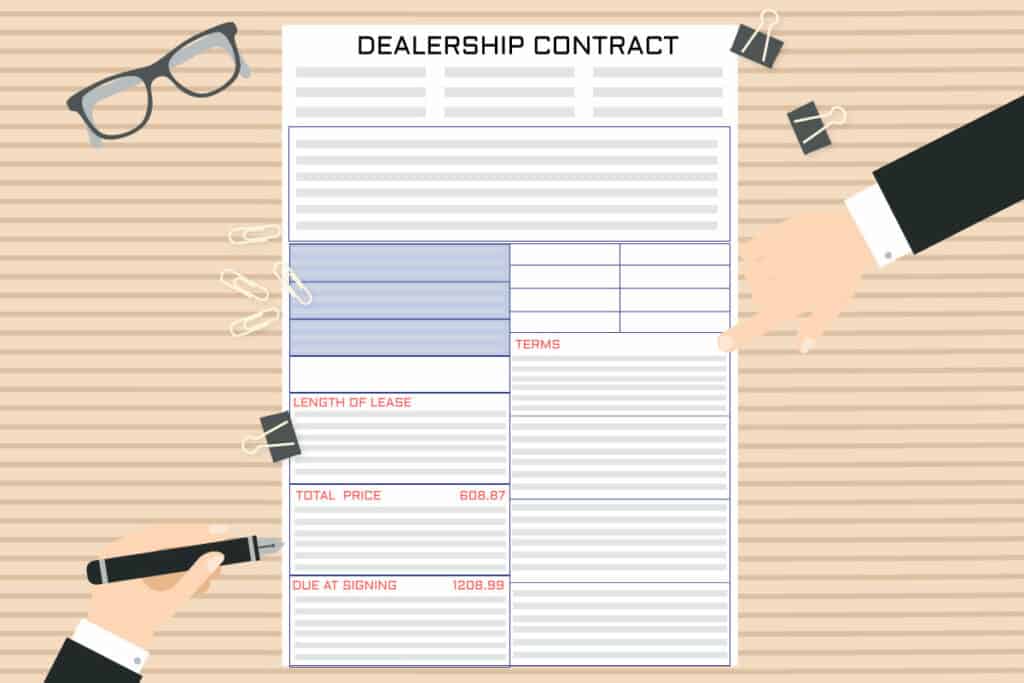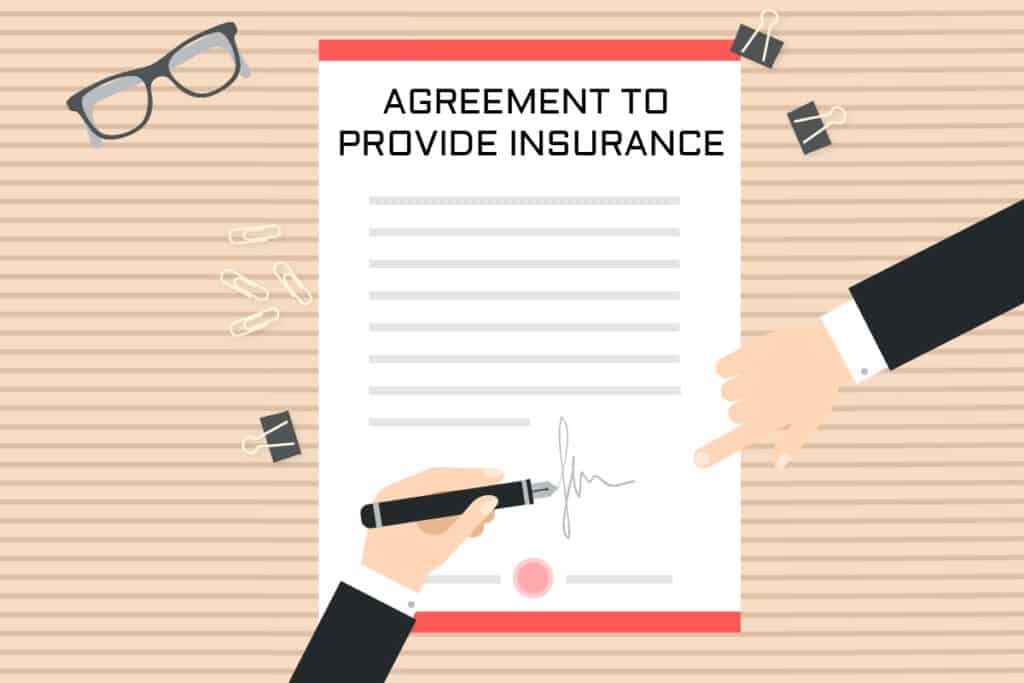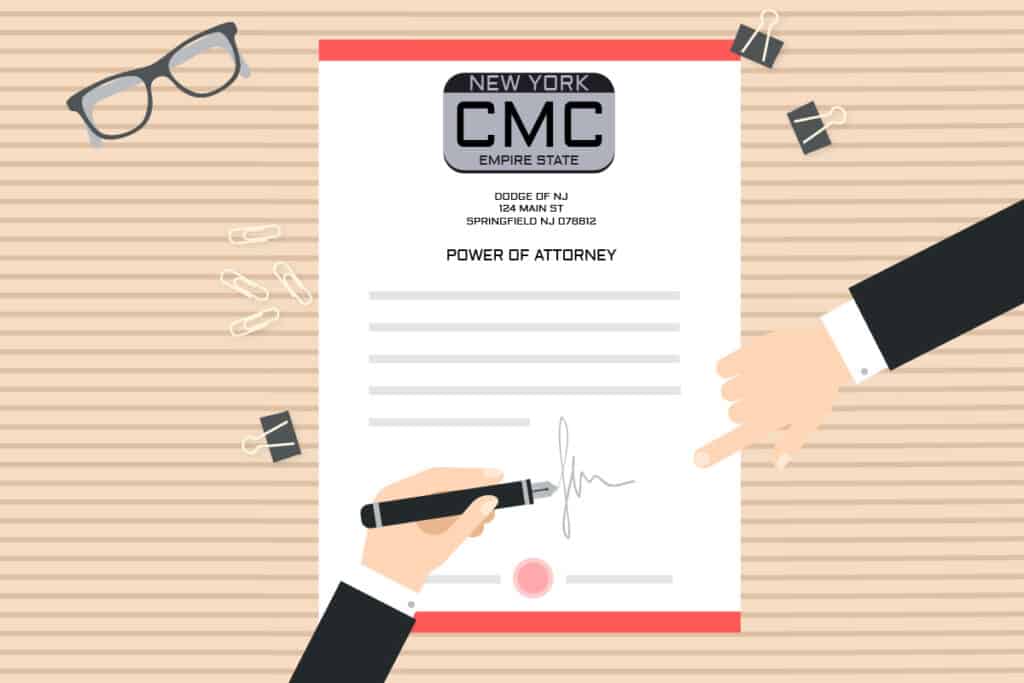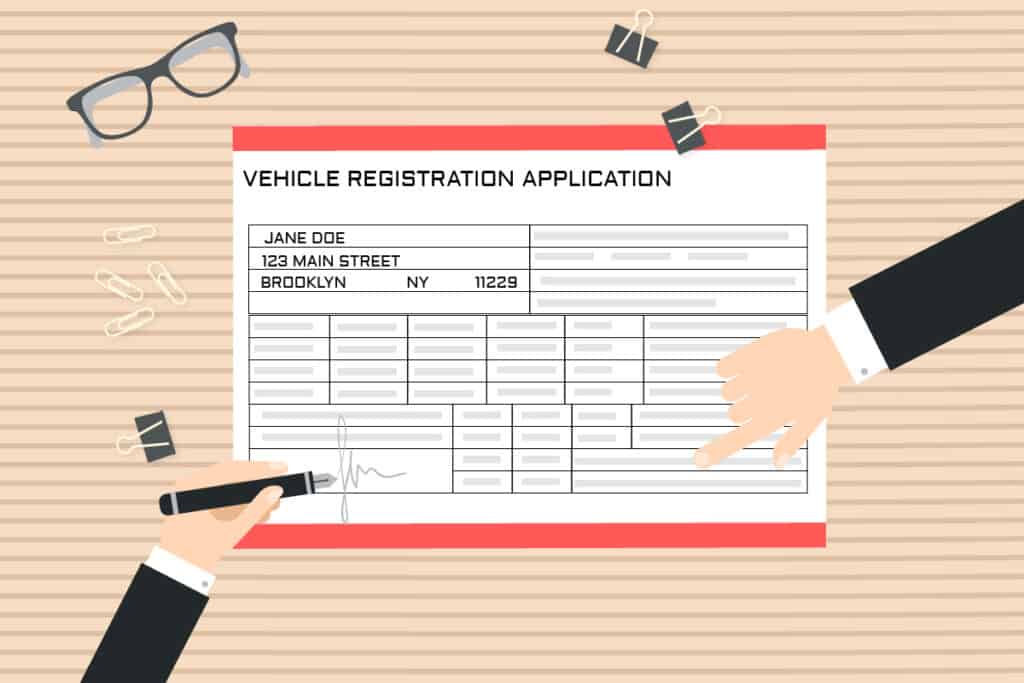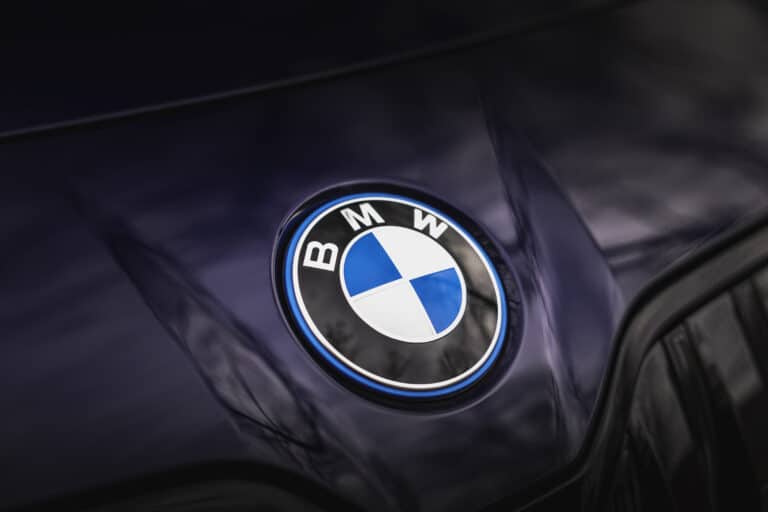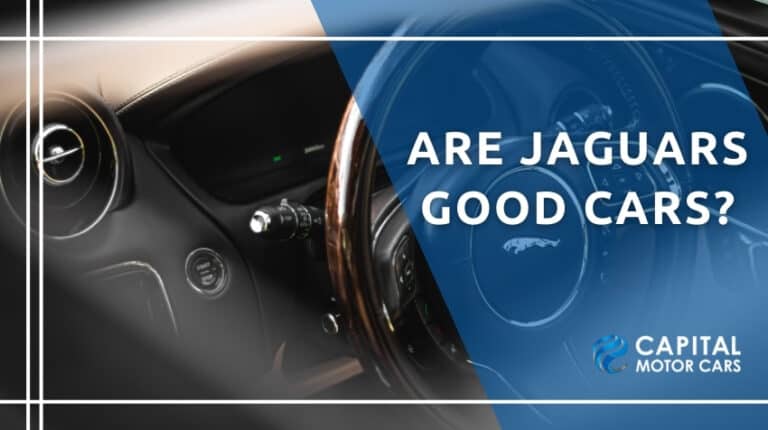Leasing a new car is an exciting time. You’ve spent hours researching the exact car you want, negotiated yourself a pretty sweet deal with the dealership and now all that’s left is to sign your name on that dotted line. That’s when the dealership drops what seems like the equivalent of one whole Sequoia’s worth of paper on the desk and tells you to start initialing here and signing there.
Jump To Section
Let’s pump the brakes for a second.
Most people would just do as they’re told and start signing away as fast as they can because that means the faster they can hop into that new car of theirs. But not you. It’s time to break out those reading glasses, get comfortable, and start combing through that mile-high stack of papers to make sure you know exactly what you’re agreeing to.
Now I know, I know – everyone skips right over the terms and conditions on literally every iTunes or Netflix agreement that pops up, because it’s gotta be all legal mumbo-jumbo anyway, right? Wrong! The truth is, you never know what exactly you’re signing unless you read it. Reading your contract could even make you richer. Just ask Doreen Andrews, a high school teacher in Georgia that won a cool 10K just for reading through her travel insurance contract that had a contest sneakily embedded deep in the terms and conditions.
Now I’m not saying that reading through your contract is going to net you thousands like Doreen, but it’s extremely important to know what you’re agreeing to nonetheless, especially when leasing a vehicle. While we won’t be going over every single piece of paper that you must sign in order to complete your lease (that could take some serious time and maybe an entire dedicated podcast), we’ll be pointing out the key contracts and documents that you should keep an eye out for.
First up, your lease agreement contract with the bank.
1. Bank Lease Agreement
The most important contract that you’ll come across at signing is your lease agreement contract with the bank. Essentially this is the contract between you and the bank, stating an agreement to lease the vehicle, as the bank has purchased the vehicle from the dealership to then lease to you. Pay close attention to make sure the vehicle on the contract is the exact vehicle you agreed to lease. Check the odometer reading to make sure the mileage is accurate, which is very important if you are leasing a demo car that already has a nice chunk of miles tacked on.
Next, you’re going to want to turn your attention to the terms of the lease. Make sure the lease duration is accurate, along with the amount of your agreed upon monthly payment. If the monthly payment is off, notify your sales rep or finance manager immediately. This is extremely important to double check, this way there are no surprises when that first charge comes through after driving the car for a month. Also, take note of the total lease amount that you’ll be responsible for over the course of the lease to see if that adds up as well.
After that, you’re going to want to make a note of the amount of the disposition fee, which you’ll be on the hook for at the end of the lease if you don’t end up purchasing the vehicle. However, you might be able to get this fee waived if you’re sticking with the same brand for another lease.
Moving right along, the following aspect of your contract that you’ll want to note is the residual value. This is the estimated value of the vehicle after the duration of the lease after depreciation, also known as your end-of-lease purchase option. In certain circumstances, this price will be negotiable based on the actual market value of the vehicle, but most of the time the price you see is the price you’ll pay. Purchasing the vehicle the end of the lease will be an option for those that are over their allotted miles or are just very attached to the car.
We get it, sometimes saying bye is hard to do.
Further down on the contract, you’ll find the excessive wear and tear section. This is where the aforementioned mileage situation comes into play. For every mile over your allotted limit, you’ll have to pay a fee, which can be anywhere from .15 to .35 cents per mile in most cases. This may seem like a relatively minuscule fee at first glance, but remember miles can add up quickly and .25 cents can turn into thousands of dollars in overage fees during a 36-month lease.
If all of this checks out, congratulations, you’re on to the next contract.
2. Dealership Lease Agreement
Much like the bank lease agreement contract, the dealership lease agreement contract has a lot of the same information stated. That’s because the purpose of this contract is to confirm the bank’s purchase of the vehicle from the dealership on your behalf. The bank then leases the vehicle out to you for however long you selected.
This contract is typically much shorter than the much longer bank lease contract. Once again, double check your lease terms to make sure everything looks good and then feel free to sign away.
3. Lemon Law Disclosure
Next up is the Lemon Law disclosure. For those unfamiliar with New Jersey’s Lemon Law, it basically states that a vehicle defect that substantially impairs its use, value or safety that was purchased or leased is eligible for a full refund of the vehicles purchase price or past lease payments.
Under the Lemon Law, the dealership has three attempts to fix a major issue, like a severe engine problem, before deeming it a lemon. If the issue persists and cannot be fixed to a point of repair, you’re entitled to a full refund.
Make sure that this is included in your lease packet, as the law is in place to protect you in the event you experience unrepairable, consistent problems with your leased vehicle.
4. Agreement to Provide Insurance
Throughout the duration of your lease, it is required for you to maintain a specific level of insurance on your leased vehicle at all times. This is to ensure that the bank’s asset, AKA your sweet new ride, is properly insured in the event of an accident. Makes sense, right? Plus it’s kinda the law to maintain insurance on any registered vehicle at all times anyway.
However, with leased vehicles, you’re required to maintain certain insurance levels to properly cover your (or the bank’s) vehicle. Levels of $100,000 per person and $300,000 per accident for bodily injury and $50,000 for property liability coverage are industry standards that are universally required in order to even take possession of your lease in the first place.
Nissans, Toyotas, and Hondas require much less insurance coverage, so consider those three brands if you are worried about your insurance getting bumped up when you lease.
If for whatever reason, you fail to carry insurance on your vehicle at any point during the lease, it would be considered a breach of contract, which could result in a fine and your car potentially being repossessed.
5. Credit Application and Report
Another packet to keep an eye out for will be your credit application. This document essentially states that you gave permission to the dealership to run your credit through the various credit bureaus in order to get approved for your lease. You’ll need to sign this to verify that you indeed granted the dealership permission to do so.
Also located on the credit application will be a brief credit report, which will state your credit score and an explanation of how credit is used to determine your borrowing power.
6. Power of Attorney for Dealer and Third-Party DMV Processing
Finally, in order to get your car properly registered with the DMV, you’ll need to grant access to the dealership to go through the process on your behalf. Many dealerships will use a third-party processing service to do so, so you’ll need to grant power of attorney permissions to them as well. Once you sign those forms, they’ll get the ball rolling on your DMV paperwork, which will complete your registration and send out a request for the DMV to issue new license plates.
Conclusion
As I mentioned in the opener, leasing a car should be an exciting time, not an overwhelming one. Hopefully, I’ve given you an idea of what to look out for when it’s time to get down to dotting all of the I’s and crossing all of the T’s on your contracts at lease time. Knowing what to look out for and what documents you can expect to see at signing will save you a lot of headaches in the long run.
If you’re still unsure about anything you’ve read here today, get in contact with one of our automotive consultants here at Capital Motor Cars. Every one of our consultants here are experts at breaking down lease contracts and what comes along with them, so feel free to let them know of any questions you may have.

